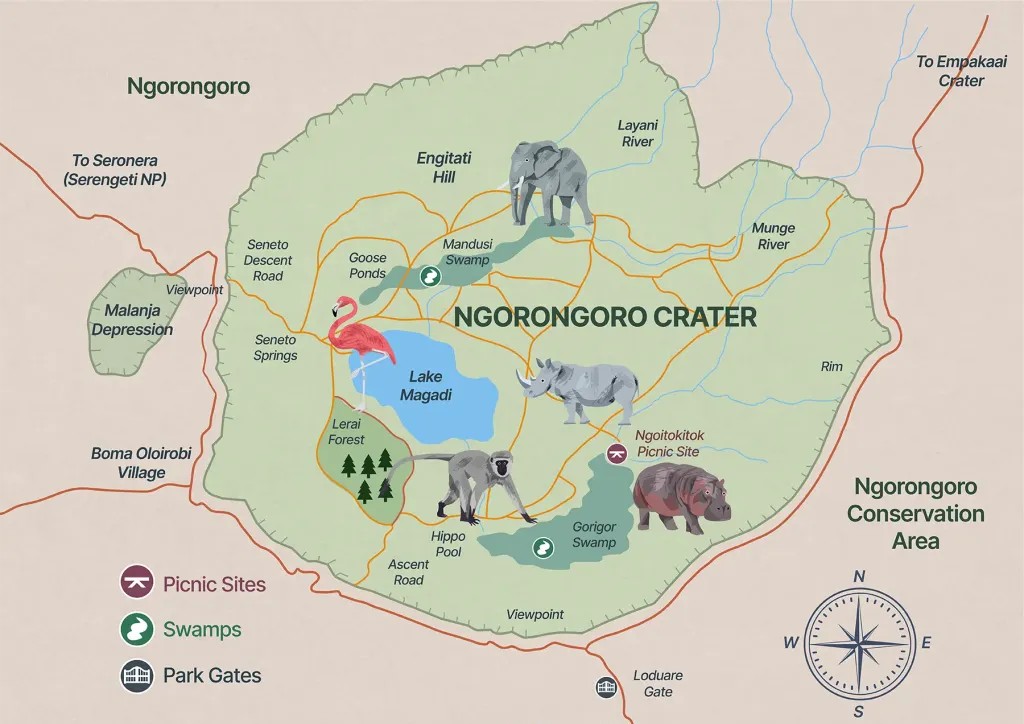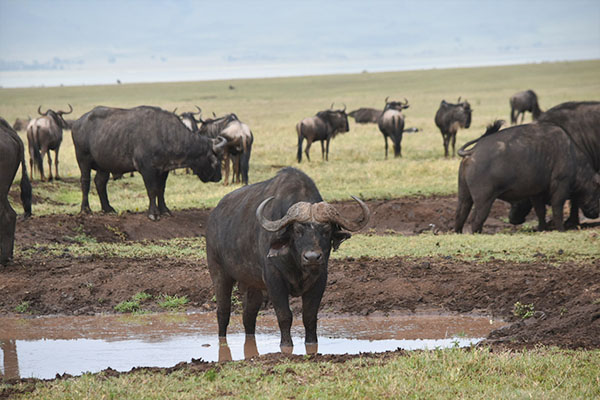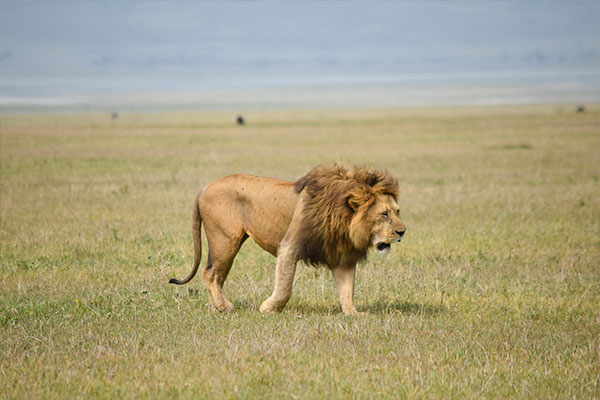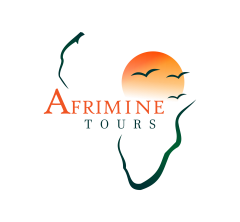NGORONGORO CRATER
Ngorongoro Crater
UNESCO World Heritage Site – The Garden Eden Africa’s
Between 25.000 and 30.000 animals of 115 species live on the floor of the Ngorongoro Crater and along its densely forested crater walls. The crater is like a pot of gold, filled with shimmering grass, dotted with lions, herds of buffalo, zebra and wildebeest, shy caracals, lazy hippos and elegant flamingos. It is a glamorous place in the animal kingdom, a place of abundance and awe. It is truly unique – the largest uninterrupted caldera in the world and an imposing natural spectacle.
A place of unrivalled beauty
The feeling of anticipation as you drive down the narrow road into the crater is unlike anything you’ll experience in other protected areas. Not only is it one of the best places on the continent to spot wildlife, it is also a place of uniqueness, wonder and abundance that leaves you in awe of nature.
The Ngorongoro Crater is the largest uninterrupted, inactive and unfilled caldera in the world. With a diameter of about 19 km and majestic crater walls rising just over 610 metres, the crater floor covers an area of 260 km². Over 30.000 animals, including the rare Big Five black rhino, call this unique place home. The crater was formed when a gigantic volcano – said to be as high as Mount Kilimanjaro – erupted around 2.5 million years ago and later collapsed.
Today, the crater floor is covered by various landscapes ranging from dense mountain forests and woodlands to grasslands, lakes and swamps. The main water sources in the region are the Munge River in the west and the Lerai River in the east, as well as the Ngotokitok spring, which flows into a swamp.
The crater floor is dominated by majestic herds of ungulates, including zebra, wildebeest, kudu as well as Grant’s and Thomson’s gazelles, which can be found there in large numbers. But the crater is also home to the Big Five, and elephants, lions and buffalo are often spotted here. Leopards are rarely seen as they prefer to stay in the forests on the crater rim. The very rare black rhino can also be spotted in the crater and sightings are quite common. Servals, spotted hyenas and jackals are also frequently sighted, while cheetahs are more difficult to spot.
But not only mammals live here. Lake Magadi, a mainly alkaline lake, is also home to a large number of flamingos. Other commonly sighted birds include ostriches, giant bustards, crowned cranes, white-backed vultures, black kites, cattle egrets, short-toed eagles, azure buzzards and many more.
A walk along the Ngorongoro Crater rim with a ranger takes you along a path created by animals. You will pass moss-covered trees and Masai bomas and enjoy breathtaking views of the crater below. It is one of the few wildlife areas in Tanzania where you can experience the surroundings on foot.
The famous crater is part of the Ngorongoro Conservation Area, a large nature reserve. The Ngorongoro Conservation Area was officially declared a UNESCO World Heritage Site in 1979. The region encompasses a variety of landscapes, including dense mountain forests, grasslands, lakes and swamps. Some of the most important archaeological sites in the world, such as Oldupai Gorge and Laetoli, are located in the Ngorongoro Conservation Area. Archaeologists have found evidence that the area was inhabited by hominids over 3 million years ago. It could therefore well be that the cradle of mankind is located there.
Today, over 40.000 Maasai live in the area, making the Ngorongoro Conservation Area one of the few places in Tanzania where settlements are permitted within a conservation area. The reserve borders the Serengeti National Park and you have to drive through the reserve to get to the Serengeti.
There are no accommodation facilities at the bottom of the crater. You drive into the crater during the day for game drives, but return before sunset. There are some exclusive lodges and camps on the crater rim, as well as a campsite that offers breathtaking views of the caldera. If you stay here, you will experience an unforgettable view and sunset.
However, most of the accommodation is located near the small town of Karatu in the Ngorongoro Highlands. You can spend the night in beautiful manor houses on coffee plantations and enjoy the panorama of the plantations and rolling hills. The drive from Karatu to the crater takes about an hour. Although you won’t be the first to reach the crater floor on your morning game drive, you will still experience a breathtaking safari – and affordable accommodation to boot.
Best time to visit the Ngorongoro Crater
Good news: No matter what month, game viewing in the Ngorongoro Crater is always great! However, there are a few things to consider when choosing the best time to visit. July to September is the high season in Tanzania. This is the dry season, which means sunny weather, dry roads and short grass – all important conditions for successful game viewing. However, this also means that the crater can get crowded and you will have to share exceptional sightings with many other safari vehicles. If you want a more private experience, consider the rainy season in April and May. The vegetation is lush and green, and it is the only time of the year when the crater is less crowded. When choosing the best time to visit, you should also think about the other national parks you want to visit on your Tanzania trip. Often the shoulder season – the months between high season and low season – offers the best of both worlds.
Nothing to compare with
Although we don’t usually like to promote destinations or experiences as “must-sees”, the Ngorongoro Crater could be an exception. If this is your first visit to Tanzania, we definitely recommend you allow time and budget for a Ngorongoro Crater safari. It may not be as wild and unspoilt as the Serengeti or the southern parks, but the crater is absolutely unique and breathtakingly beautiful. The high density of wildlife in a comparatively small area makes a safari here an unforgettable experience. In addition, the crater’s location in the Ngorongoro Highlands allows you to immerse yourself in the authentic Tanzanian way of life. Tours on a coffee plantation or visits to the small town of Karatu allow you to leave your safari vehicle and get to know the locals.
Location
The Ngorongoro Conservation Area is part of Tanzania’s Northern Circuit, which is one of the country’s most popular safari destinations. The region is about 180 kilometres from Arusha. The Ngorongoro Conservation Area borders the Serengeti National Park. To reach the Serengeti, you have to drive through the conservation area. Your way into the Ngorongoro Crater takes you down a steep road surrounded by lush and dense forests.

Video from Ngorongoro Crater
Photos from Ngorongoro Crater









INQUIRE NGORONGORO CRATER TOUR
Start planning your Ngorongoro Crater tour by filling the form below
